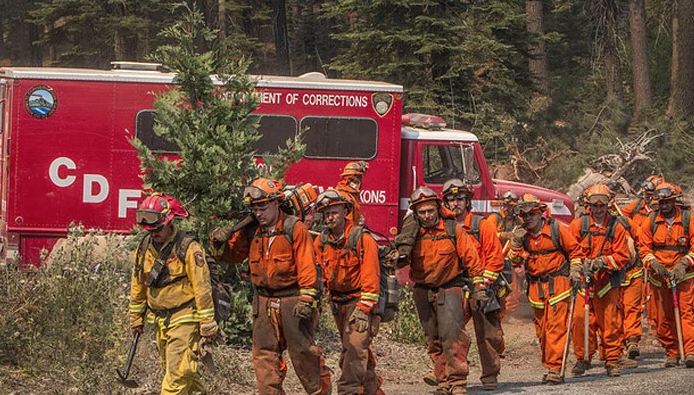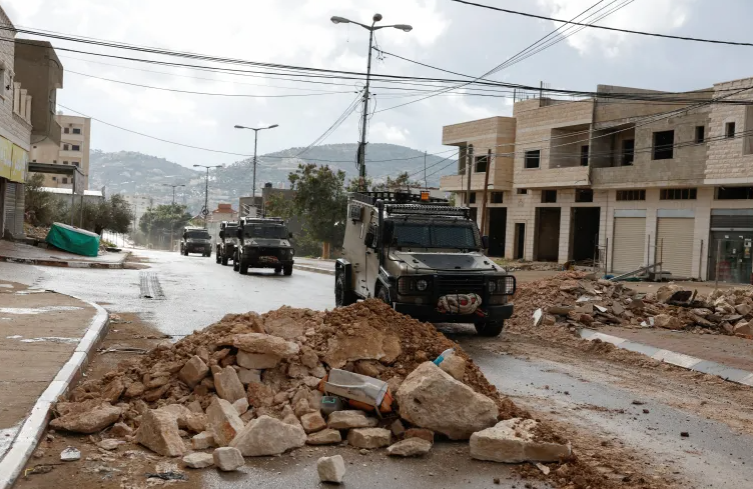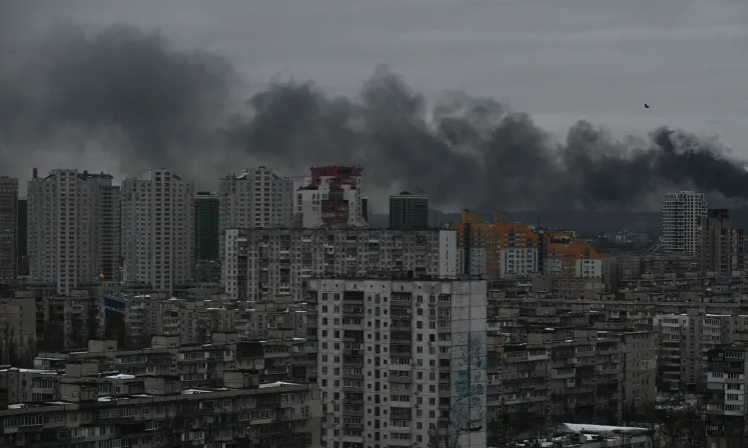WORLD NEWS

The California prison system has deployed 400 inmates to join 14,000 firefighters on the front lines in Los Angeles.
Prisoner Firefighters: A Controversial Tradition
Prisoners have been contributing to firefighting efforts in California since 1915, with formal training programs initiated in 1946. These programs, known as “fire camps” or conservation camps, offer low-security inmates specialized training in firefighting techniques.
Participation is voluntary, with strict eligibility criteria, including good behavior and physical fitness. Certain inmates, such as those convicted of sex crimes or arson, are prohibited from joining. Prisoners earn $27 for a 24-hour shift, alongside basic meals like sandwiches and fruit.
Despite the program's benefits, including skill development and reduced sentences for inmates, critics have likened the initiative to modern-day slavery due to the low pay and high risks involved.
“Inmate firefighters face real dangers, but it’s better than being in prison,” one participant remarked, highlighting the program's mixed reception.
Devastation and Impact
The Los Angeles wildfire, described as the most expensive disaster in U.S. history, has already caused an estimated $150 billion in damages.
- Homes Destroyed: Over 6,000 homes and buildings have been razed, with another 4,000-5,000 partially damaged.
- Insurance Losses: The insurance sector has reported losses exceeding $8 billion.
- Casualties: The death toll has reached 10, with dozens injured.
Fire officials report that the blaze, which erupted on Tuesday, has consumed more than 36,000 acres and is burning in five separate forested areas.
International Support
As California struggles to contain the disaster, Australian officials have offered assistance.
A Growing Debate
While the prisoner firefighting program provides essential manpower in emergencies, it has reignited debates about the ethics of inmate labor. Critics argue that the program exploits inmates for dangerous work without fair compensation. Supporters, however, view it as a valuable rehabilitation tool, offering inmates an opportunity to contribute and learn life-saving skills.
Conclusion
As the wildfires continue to wreak havoc, the contribution of inmate firefighters remains vital. However, the controversy surrounding the program underscores the need for a broader conversation about labor ethics and rehabilitation in the justice system.




